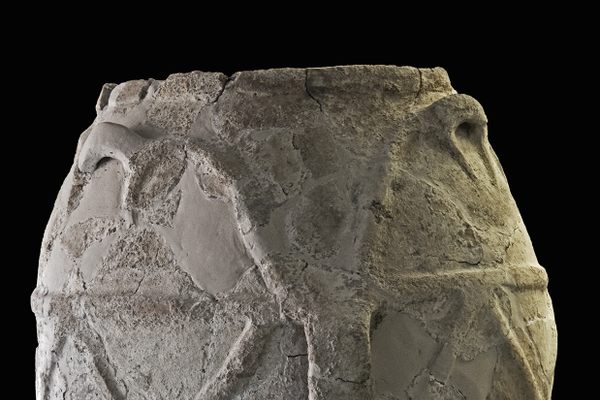FOUND: Earliest Evidence of Tea Ever Found, in a Major Silk Road City

Much more recent tea (Photo: David J. Fred/Wikimedia)
In the tomb complex of a Han Dynasty emperor, who died in 141 B.C., the archaeologist who excavated it found, among other treasures, the partially decomposed remains of plants.
Some of those plants were identifiable, even after 2,150 years, as millet, rice and other grains. But some, “gathered into a dark, brown brick shape,” a team of scientists writes in Scientific Reports, were impossible to identify.
Those leaves, it turns out, are tea—the oldest physical evidence of tea ever found.
The tea, found in the Han Yanglin Mausoleum, was identified by analyzing tiny crystals in the tea buds. Prior to its discovery, the oldest identified tea leaves were around 1,000 years old.
The city near which the emperor was buried, now called Xian, was the Han dynasty capital at the time and a key point on the Silk Road. Not only did the researchers, a team from the Chinese Academy of Sciences, find these ancient tea leaves, but they also found evidence for early exports across the Tibetan plateau, where, they say, the Silk Road’s route was established by the second or third century A.D.
Bonus finds: Giant fossil crocodile, the house where a quilter was famously killed in 1826
Every day, we highlight one newly lost or found object, curiosity or wonder. Discover something unusual or amazing? Tell us about it! Send your finds to sarah.laskow@atlasobscura.com.
Gastro Obscura covers the world’s most wondrous food and drink.
Sign up for our email, delivered twice a week.
























Follow us on Twitter to get the latest on the world's hidden wonders.
Like us on Facebook to get the latest on the world's hidden wonders.
Follow us on Twitter Like us on Facebook